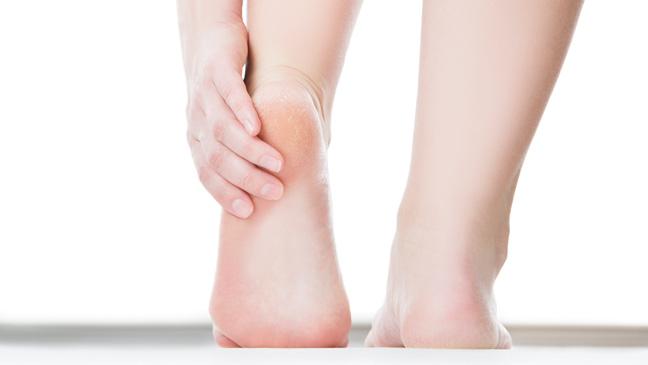
Possible Causes of Rough and Cracked Heels
Cracked Heels is a very common issue. For most people, having cracked heels isn’t serious. It may cause discomfort when going barefoot. In some cases, cracks in the heels can become very deep and cause pain.
Cracked heels occur when the skin on the bottom of your feet becomes dry enough to split open, resulting in deep, painful cracks known as fissures. Here are the most common causes of cracked heels, and what you can do about them.
Dry Skin
If you frequently take hot baths or showers, you may develop cracked heels due to persistent dry skin. When your heels needs to expand outward, but your skin is too tight and dry, the skin will crack, and result in soreness, bleeding, the development of cracks, or all three symptoms. The presence of cracks can increase your risk for infection, since bacteria and viruses can now enter your body through the cracks in your feet.
Obesity
Obesity can increase your risk for cracked heels, because the excess weight being placed on the heels will cause the heels’ skin to expand. Dry skin is often unable to support the expansion of your heels’ skin, and eventually cracks.
Diabetes
People with type 2 diabetes are at higher risk for cracked heels since uncontrollable blood sugar levels can lead to nerve damage in the feet- a condition known as peripheral neuropathy. Nerve damage in the feet can increase the risk for dry skin since blood flow is affected.
Those with type 2 diabetes are often more than twice more likely to develop infections from cracked heels than those without diabetes.
If you suffer from type 2 diabetes, visit your podiatrist regularly to have your feet examined for signs of cracking and ulcers, and to have your toenails safely clipped to lower your risk for infection. Practicing good diabetic foot care can lower your risk for complications down the road.
Athlete’s Foot
Athlete’s foot can cause symptoms like peeling, flaking, and cracked skin at the side of your foot or between your toes. You may also experience a stinging or burning sensation, blisters, reddened skin and itching if you get this infection. Wearing closed shoes can up your risk of getting it, especially if you wear shoes made of a material which doesn’t let your feet breathe. Other risk factors include excessive sweating, minor breaks in your skin or nails through which the fungus can enter, and leaving your feet wet.
Tips and Treatment for Cracked Heels
If your heels have become cracked and painful, try these tips:
• Slather your feet in moisturizing lotion then cover with socks before you go to bed. This gives the lotion eight or so hours to soak in.
• Smoothen your rough and callused skin with an emery board or pumice stone on a regular basis.
• Avoid hot baths and showers as heat draws moisture out of your skin. Drink lots of water to stay hydrated. This gives your body a chance to help itself from the inside out.
• If you are unable to relieve pain, contact your podiatrist immediately to undergo treatment. Your podiatrist can perform a thorough examination, and recommend the best course of treatment or the most ideal products that can help resolve your condition.
Caution
Do not treat cracked heels on your own if they’re caused by a medical condition. Special treatment from a podiatrist (foot doctor) may be needed. Severe cases of cracked heels should also be evaluated by a podiatrist, regardless of your medical history. The doctor will suggest the best treatment for your cracked heels.

